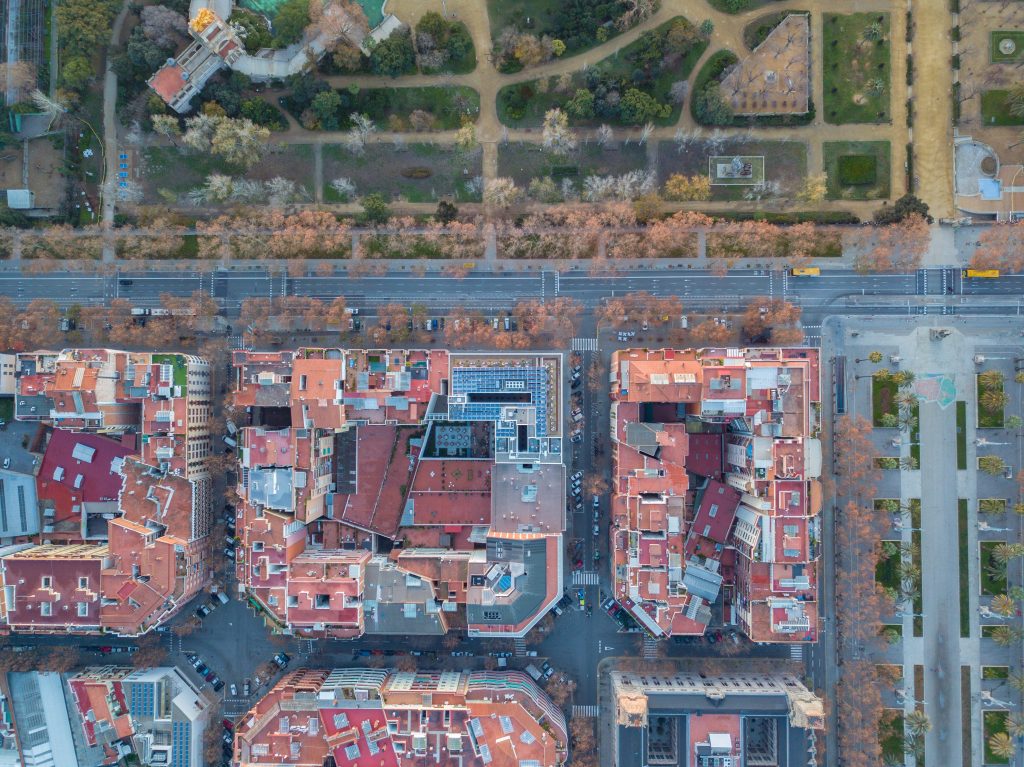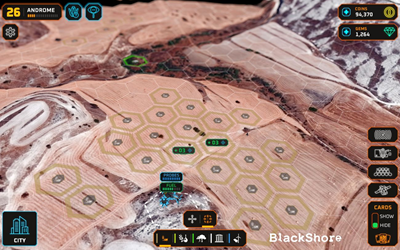
The Sentinel satellites of Europe’s Earth observation program Copernicus are far, far away. Yet, the results of their ‘eyes on Earth’ are closer than you might think.
When thinking about the use of satellite data, your first thought could be Google Maps for navigation or weather forecasts. Yet what about monitoring forest fires or flooding rivers? Or helping to protect coral reefs under the surface of the oceans?
These are just a few examples of the wide variety of possibilities with Earth observation (EO) data that can improve life on Earth. It’s exactly for that reason that the Copernicus Masters competition was launched: an international competition to stimulate and activate new solutions with space data to solve Earth’s challenges.
Eager to learn more? Get inspired by 3 examples:
1. Satellite data & sustainable infrastructure
With the pandemic mostly behind us, (rail)roads are becoming busier than ever. This automatically brings the need for future-proof, intelligent and sustainable solutions for transport and mobility. With satellite data, roads can be monitored and potential congestions or pain points can be localised. Furthermore, the world of sustainable infrastructure goes beyond land; think about the aviation and maritime industry to track routes for fuel efficiency.

2. Satellite data & urban planning
Declining vegetation, distribution of resources, the protection of historic city centers, movement of crowds – these are some of the challenges in cities nowadays that can benefit from EO data. It can be an effective way to gain insights in the complexity of cities in its totality. With that information, urban planners can develop new buildings or infrastructure to avoid expanding city limits into rural territory and eating up land needed to feed the growing populations.
3. Satellite data & oceans
With satellite data we can take a deep dive into the oceans to gain more knowledge and insights about their health status. The oceans are the home to a great diversity of ecosystems and a large amount of the human population relies on their existence. Yet, our oceans are threatened by the changing climate, pollution and disturbed sea life populations. By monitoring the ‘blue worlds’ from above, these challenges can be tracked, monitored and diminished – and hopefully prevented.
These are just 3 ways EO-data can improve life on earth. The Copernicus Masters competition has even more challenges. Don’t wait any longer and submit your idea or solution. The application deadline is July 13, 23:59 CEST.
Image sources: Unsplash


